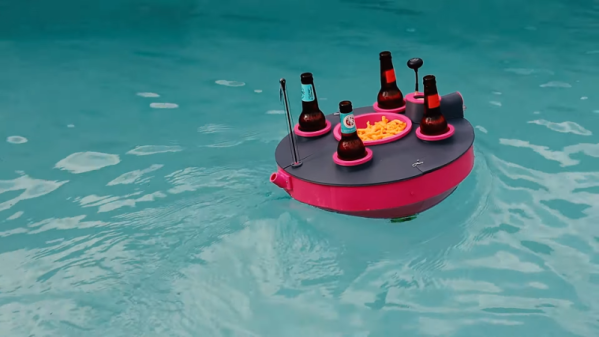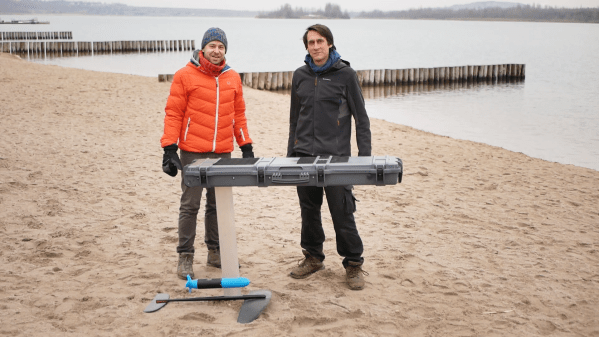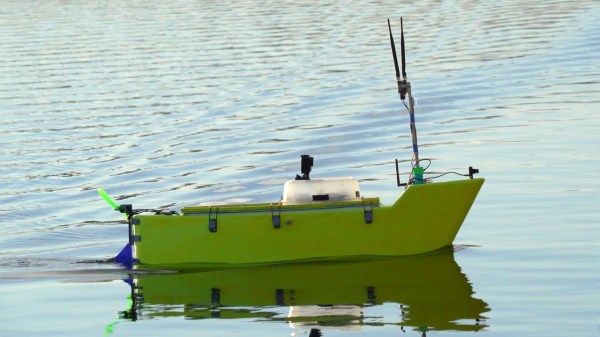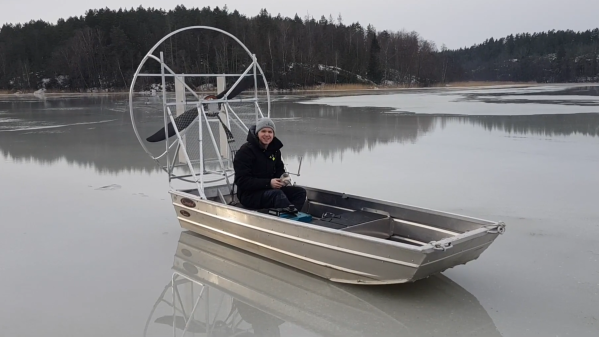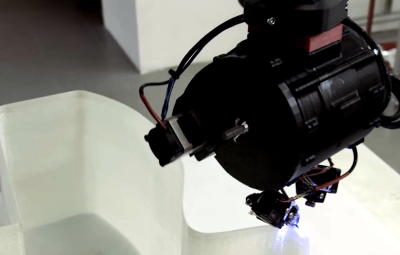So you say you want to fly above the waves on an electric hydrofoil, but you don’t have the means to buy a commercial board. Or, you don’t have the time and skills needed to carve a board and outfit it with the motor and wing that let it glide above the water. Are you out of luck? Not if you follow this hackworthy e-foil build that uses a waterproof rifle case as the… hull? Board? Whatever, the floaty bit.
If you haven’t run across an e-foil before, prepare to suddenly need something you never knew existed. An e-foil is basically a surfboard with a powerful brushless motor mounted on a keel of sorts, fairly far below the waterline. Along with the motor is a hydrofoil to provide lift, enough to raise the board well out of the water as the board gains speed. They look like a lot of fun.
Most e-foils are built around what amounts to a surfboard, with compartments to house the battery, motor controller, and other electronics. [Frank] and [Julian] worked around the difficult surfboard build by just buying a waterproof rifle case. It may not be very hydrodynamic, but it’s about the right form factor, it already floats, and it has plenty of space for electronics. The link above has a lot of details on the build, which started with reinforcing the case with an aluminum endoskeleton, but at the end of the day, they only spent about 2,000€ on mostly off-the-shelf parts. The video below shows the rifle case’s maiden voyage; we were astonished to see how far and how quickly the power used by the motor drops when the rifle case leaves the water.
Compared to some e-foil builds we’ve seen, this one looks like a snap. Hats off to [Frank] and [Julian] for finding a way to make this yet another hobby we could afford but never find time for.
Continue reading “Shoot Above The Waves On This E-Foil Made From A Rifle Case” →

